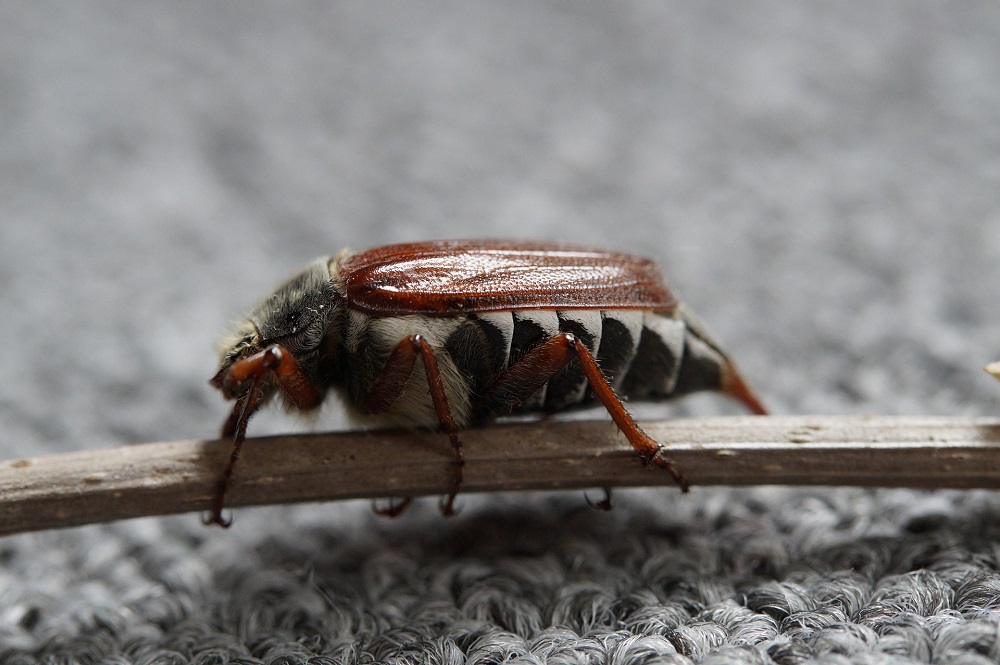There are different types of bug control approaches, all of which have their own pros and cons. Insecticide sprays, for instance, are most effective against flying and biting insects. These sprays can kill most bugs within minutes, but stubborn ones may require repeated applications. Crop rotation, on the other hand, is a great option for preventing bug infestations. But which type of pest control Adelaide is best for your situation?
Chemical pest control
Chemical approaches are common in agriculture, but they are not without their drawbacks. Many of these products are highly toxic, and they often cause health risks. They are also widely used and vastly produced, making them a major source of waste in landfills. While they have many advantages, chemical pesticides are not the only choice when it comes to controlling vermin. Biotechnological approaches, or biological controls, can offer similar control at a lower cost and with limited environmental impact.
There are several problems associated with using chemical pesticides, including crop damage, poisoning of humans and animals, and residues. There are also many concerns about the long-term effects of chemicals, especially those that are designed for a specific purpose. These issues have led many researchers to advocate for alternatives to chemical pest control. Integrated pest management is one such approach. Chemicals are used to combat pests and manage their populations. It is important to ensure the safety of these products and ensure proper storage.
Hand-picking
Hand-picking is a natural bug control method that is best used in agricultural settings. It is an inexpensive way to control many different pests, but it must be done in advance of insects developing into an active pest. The pests are picked by hand, and this process prevents the insects from laying eggs or building up a population in your crop. Another method used by farmers is scouting, which involves actively monitoring crops for any signs of insect damage.
Although insecticidal spray is often needed when there is a large population of pests attacking your plants, hand-picking is often just as effective. Butterflies may lay just one egg per plant, so you’ll probably be able to simply crush the egg. You can also simply drop the insect into a bucket of soapy water. Hand-picking may require a flashlight, so be sure to keep it safe from the sun.
Crop rotation
In order to control soil pests and diseases, you can try crop rotation. By changing the crops you grow, you disrupt their life cycles and their habitats. Pests are drawn to plants within their taxonomic families, which is why crop rotation is an effective way to break the cycle and minimize their impact. Crop rotation works well in large agricultural fields, but it has limited effectiveness in garden settings. Crop rotation is effective in reducing pest populations only when crops that serve as hosts are replaced by other crops.
Unlike some other methods, crop rotation is an effective way to control a broad range of pests. It is also an effective way to improve soil fertility. Crop rotation helps farmers increase their yields because different crops are planted at different times of the year. It also increases yields by enabling farmers to use the same machinery and labor on a larger area. Despite the many benefits of crop rotation, you must consider a few things when considering this method.



